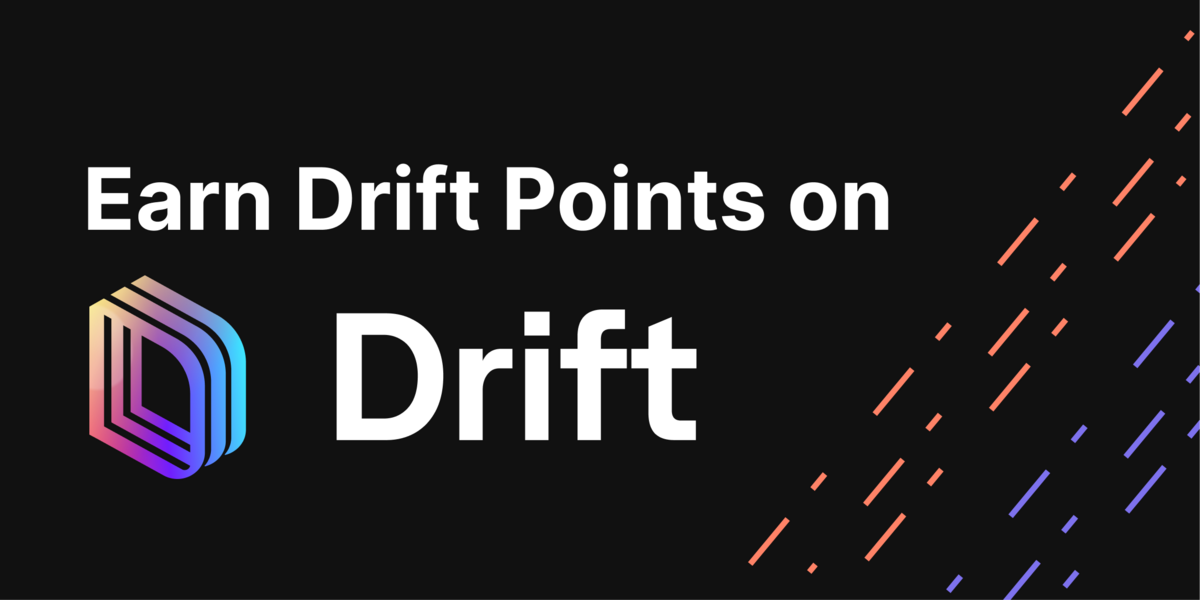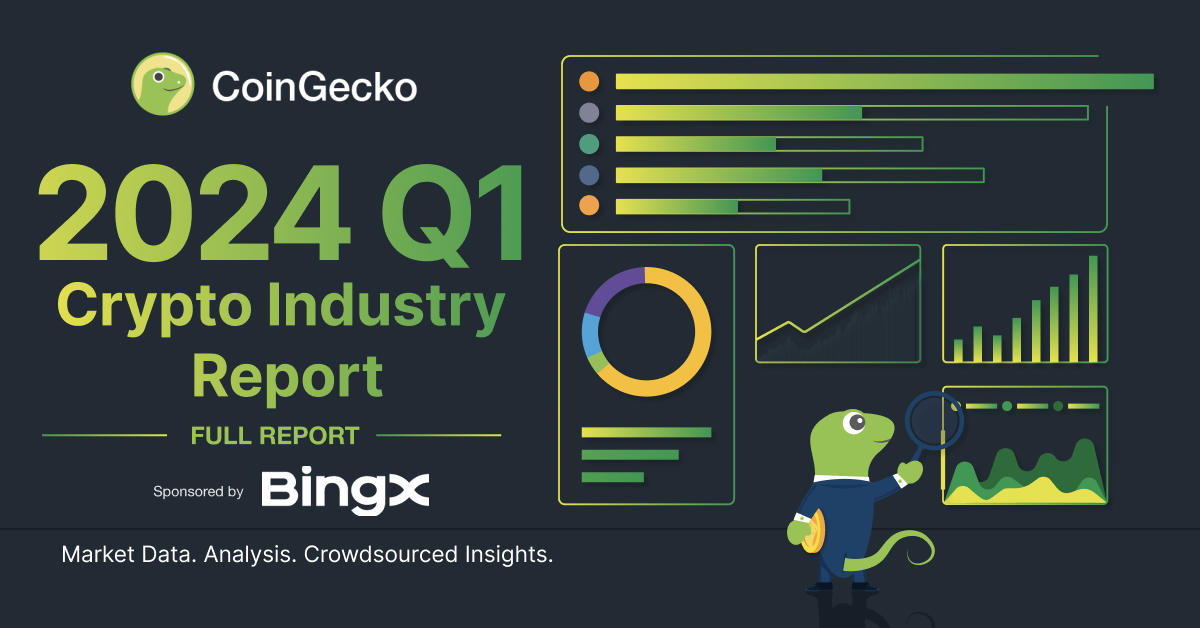Key Takeaways
-
Spot trading is the act of purchasing an asset directly from a spot market.
-
Spot traders buy an asset and hold it in expectation of an increase in the value of the asset in the future.
-
A spot market is a platform for spot traders to purchase a commercially relevant asset. They can be decentralized exchanges, centralized exchanges, or peer-to-peer trading platforms.

The idea of ‘trading’ is a plain exchange of commodities or services. The parties in the usual trading process exchange the assets in their custody for another (preferred asset). The trade agreement could be satisfied instantly or in the future but whenever it is satisfied, there is a direct ‘swapping’ of assets initially held by both parties.
What is Spot Trading?
As the name suggests, Spot Trading is an on-the-spot or instantaneous exchange of commercially relevant commodities between interested parties. Commodities in this context may include company shares, precious metals, digital assets such as cryptocurrencies, and bonds. The scope of spot trading has been extensively diversified by the technological and administrative improvements in this space. Advanced computing protocols are renovating spot trading and even direct or peer-to-peer spot trading systems are shifting from the basic outlook. Nevertheless, the underlying principles remain unchanged.
When a spot trading agreement is satisfied, a faction in the agreement claims custody of assets initially belonging to the other, resulting in a direct and immediate transfer of ownership rights. Traders who wish to make profits through this traditional exchange system rely on the variation in the value of the assets. Depending on the presiding demand and supply conditions, an asset’s value could vary significantly and a profit-oriented spot trader attempts to utilize this variation to generate returns.
What are Spot Markets?
Spot markets feature at least one seller who wishes to trade their asset and a buyer who is willing to give away his own asset for the asset being put up for sale. Markets or trading venues are formed when it becomes a place where people frequently gather to make trades.
However, the form of each market could be different. It could be as simple as a negotiation table for peer-to-peer exchange, or as advanced as a virtualized collation of orders as seen in modern trading systems. Spot markets provide a platform for spot traders to sign trading agreements and exchange their assets. Virtual spot trading platforms are designed with a comprehensive interface for buyers and sellers, powered by underlying computing protocols that keep custody of the assets to be exchanged, sign virtual agreements and approve the transfer of ownership of these assets.
This system can be designed for direct peer-to-peer spot trading and for diverse parties.
Some spot markets are designed to allow further negotiations between traders while others are fashioned to display buy or sell offers and leave the other party with the freedom to choose a best-fit offer.
Spot Trading in Cryptocurrency and How it Works
There is a high chance that you have participated in a spot trade at least once, even without knowing the proper name for this action. A majority of cryptocurrency enthusiasts are simply spot traders, with a relatively smaller group engaging in other forms of trading. Over $70 billion worth of cryptocurrencies is traded on spot markets daily. This figure doesn’t include OTC (‘Over the Counter’) and simple cryptocurrency trading between peers.
To exchange their assets, cryptocurrency investors utilize available spot markets to swap the asset they own with another. Cryptocurrency spot markets provide pairing for cryptocurrencies and crypto assets in a trading pair can be swapped for the other. Most cryptocurrency spot markets feature an order book system while others only allow spot traders to trade at current market prices. Traders who set their purchase or sell prices at the current market price might get their trades completed instantly depending on the liquidity and size of their trade order. Otherwise, their orders are added to the order book and are satisfied when the market conditions align with their set parameters.
What are Order Books?
Order books are an advanced ledger system for keeping records of trade requests by traders on a spot trading platform. It organizes the buy and sell requests from different traders and categorizes them according to the prices set for the buy or sell agreement to be satisfied. The common practice in exchanges is to place the buy and sell order books beside each other. This gives traders a direct picture of the demand and supply situation for the assets in the spot trade pairing.
Cryptocurrency spot markets are controlled by an exchange, and these can be centralized, decentralized, or designed for peer-to-peer trade.
Centralized Spot Exchanges
Centralized spot exchanges are the main cryptocurrency spot market operators. Cryptocurrency investors’ normal impression of a spot market is that which is provided by centralized exchanges. Centralized exchanges are custodial institutions (that is, they keep hold of users’ assets), and usually run an order book system.
To use a centralized spot trading platform, traders will need to create an account and pass the KYC process. Many centralized exchanges require customers to pass the KYC process as part of AML (anti-money laundering) regulations before allowing users to trade.
The exchange platform serves as a third party that holds spot traders’ assets and executes trades that meet presiding market conditions. Orders that are not eligible to be executed immediately (i.e. market orders), or orders that don’t meet the current market requirements are added to the order book. This includes orders below the current market price or orders above the current liquidity at the stipulated price. The latter is partially filled while the former will only be filled when the market condition aligns with them. The order details are recorded in the order book and the traders can see the progress of their orders.
Users are able to cancel or modify their orders as long as they are not already executed. Centralized spot trading platforms like Changelly and ChangeNow offer instant swap services. Unlike other centralized exchanges, they don’t run order book systems. They simply partner with bigger exchanges to obtain order book information and execute trade requests from their interface using the (bigger) exchange’s ledger.
Centralized exchanges process over $100 billion worth of cryptocurrency asset spot trade orders every day. They are the most used spot market systems to date although decentralized spot exchanges are an emerging contender.
Decentralized Spot Exchanges
Decentralized spot exchanges are built with cutting-edge technologies that execute spot trade agreements without holding custody of the traders’ assets. Traders transacting via decentralized spot exchanges swap cryptocurrencies from the comfort of their wallets without needing to provide any personal details to use the trading platform.
Early decentralized spot exchanges differ considerably from contemporary decentralized exchanges in their mode of operation. Most of them used the Atomic Swap protocol to set up and execute spot trade agreements between traders.
To exchange a crypto asset using Atomic Swap; the seller locks an amount of the crypto asset they wish to trade in their wallet using a random secret number. This secret number must be revealed to the buyer for this swap to be executed. To reveal the number to the buyer, they must also stake an asset equal to the value of that set by the seller, this token is also locked and is automatically accessible to the seller once they reveal the code to unlock the funds in their wallet. A time lock is set to a specified time, which invalidates the transaction after the time has passed.
This system is different from that used by newer decentralized exchanges. Novel decentralized exchanges leverage the Automated Market Maker (AMM) protocol in addition to a modified form of Atomic Swap technology to create a responsive order book. AMMs are designed to be highly responsive as they reflect every change in an asset’s demand and supply. Automated Market Maker (AMM) protocols utilize liquidity pools to ensure seamless exchange of assets while maintaining blockchain-level security.
Liquidity pools are collections of tokens locked in a smart contract and programmed to serve trade requests from the AMM. At the AMM’s request, tokens are sent from the liquidity pool to satisfy trade orders while the AMM records the effect of the trade on the overall value of the assets in the pool.
Crypto asset holders who contribute their assets to the liquidity pool are known as liquidity providers. To provide liquidity, a liquidity provider locks up equal values of the two tokens in the liquidity pool.
Decentralized exchanges facilitate trades for over $2 billion worth of crypto assets daily. Notable ones include Uniswap, built on Ethereum blockchain, and PancakeSwap built on Binance Smart Chain.
Peer-to-Peer Spot Trades
Direct cryptocurrency trades between peers are the earliest form of cryptocurrency spot trading. The first known cryptocurrency trade was a 10,000 Bitcoin swap transaction between Lazslo Hanyecz and Jeremy Sturdivant. In one of the most popular cryptocurrency trades ever, Laszlo swapped his bitcoins for pizzas.
Now, this takes the form of ‘Over the Counter’ (OTC) trades that are used to process high-value cryptocurrency trades. Institutions that don’t want to go through the hassle of buying large volumes of cryptocurrencies on exchanges can set up an OTC panel to handle the exchange procedures.
The OTC panel might include an escrow service. Escrow services are an independent entity set up to retain custody of assets by the two parties and execute the cross-exchange when both parties have satisfied their parts of the agreement.
Spot Trading Fees
Spot trading platforms charge fees for trading activities. The amount charged is usually a percentage of the traded asset or a predetermined amount for a range of values. The exact percentage might vary across trading platforms but reported figures suggest that they are mostly between 0-2 percent of the total trade value (including maker and taker fees).
Fees charged by centralized exchanges are used to maintain the trading platform and compensate the operators of the platform. Decentralized exchanges also charge fees that are partly used to incentivize liquidity providers and also develop the platform.
In addition to the trading fees charged by decentralized exchanges, spot traders would also need to pay the blockchain transaction fees for the smart contract function they trigger during the swap process. To withdraw assets from a centralized exchange, users may be required to pay certain fees which will be used to process the asset transfer.
The OTC panel might also charge the trading parties for the services they provide.
Where to Spot Trade
Centralized exchanges are a good place to start spot trading. Most centralized exchanges have developed a comprehensive spot trading interface, with an easily understandable setup that works even for new traders to perform basic spot trading transactions. Some reputable centralized exchanges include Binance, Huobi, Kraken, Gemini, Coinbase, and Kucoin.
Centralized exchanges are subjected to certain regulatory rules specified by the governments or regulators of the countries where they operate. Users should be aware of these rules and how they affect them (traders) and the exchanges.
Decentralized exchanges offer an alternative to centralized exchanges. They come in handy for traders who crave more secure spot trading services without having to give up custody of their assets. However, decentralized platforms also come with their own downsides and security risks like exploitations via smart contracts. Blockchain transaction fees are also a strong point to consider in comparison with fees paid on centralized exchanges.
There are many decentralized exchanges, each with a different user interface but running on the known protocols that power decentralized exchanges. It is important to consider the liquidity of these exchanges and their reputation as well before using them. Some notable decentralized exchanges where you can trade crypto include Uniswap, Pancakeswap, SpookySwap, and SushiSwap.
Satstreet, Coinsquare Health, and Kraken are some OTC markets for crypto investors. Before transacting on OTC institutions, remember to do your own research on the legitimacy of OTC institutions and their escrow services.
Margin Vs. Spot Trade
Margin trading is one of the other ways to exploit the changing value of assets to make profits. The major similarity between margin and spot trading is that the asset is purchased in both instances, unlike futures trading where the traders only bet on the progression and regression of an asset without necessarily holding the asset.
Margin trading allows traders to use leverage the desired asset. Using leverage in a margin trade means that the trader can spend more than the money in their margin trading account to purchase an asset. To exercise this leverage, traders borrow funds and swiftly use the borrowed funds to place their bets. In margin trading, this fund is borrowed from other traders on the platform. The margin trader will be required to service this loan by paying interest to the lenders and also increase their collateral if they enter a losing trade.
The amount in the trader’s account before leveraging is known as the initial margin and acts as collateral for the borrowed funds. The difference between the collateral and the final purchase amount is called the margin. This is the total amount borrowed by the margin trader.
Margin accounts can also be liquidated. Depending on how much loss a margin trader incurs in a trade, the margin trader's account can get liquidated if they fail to increase their collateral or fail to close the trade early enough.
Margin trading basically allows traders to maximize their gains. If a trader envisions an appreciation in the value of an asset, they can utilize the leverage feature to maximize their gains from the trade. For normal spot trades, this isn’t possible as traders can only trade using their funds.
Here's a summary of the major differences between margin trading and spot trading:

Advantages of Spot Trading
Transparency and Low-Risk Levels
How spot trade works and how profit is made through spot trading are both straightforward. Spot traders can properly account for the profits and losses they made by trading on spot markets. The absence of extra complications and the pricing mechanics in spot trading make it a very transparent system, which is a major reason for its popularity.
Low Entry Barrier
The two main requirements for executing a spot trade are: basic knowledge of the trading platform and knowledge of the asset. Spot trading doesn’t require extra trading skills or knowledge of some intertwined controls on a trading platform. The everyday investor can delve into spot trading. Many spot markets allow very low purchase sizes, which opens up opportunities for investors to utilize financial instruments without having to scale up their investment budgets. However, some spot markets also offer more complex order types for the more advanced traders.
Lesser Control Points
A spot trader only needs to set up a buy or sell order and worry less about other extras like collaterals and liquidation as seen in margin and futures trading. The market price is the current value of the asset and this value is arrived at using a simple formula.
Disadvantages of Spot Trading
Absence of Leverage Facilities
Normal spot trades don’t have a leverage structure. Traders with limited funds are unable to maximize their profits using borrowed funds as seen in margin and futures trading. While the absence of leverage facilities adds to the safety levels of spot trading, leverage also allows traders to gain more from expected price developments.
Demand and Supply Complications
For financial commodities like cryptocurrencies where volatility is common and unexpected, deciphering the next move of an asset in terms of price is a challenge. For spot traders, it is also important to estimate the extent of this move correctly. Arguably, this applies to other forms of trading as well.
Final Thoughts
Global spot markets move about $10 trillion worth of different assets every day. This cuts across the cryptocurrency, precious metals, and stock markets. With millions of orders created and filled every day, spot trading platforms are one of the busiest markets. Peer-to-peer spot trading is also growing in relevance, where OTC markets rank among the elite markets in terms of daily trading volume.
Spot trading is transparent, easy to grasp, and has a low entry barrier. Custodial and decentralized exchanges are continuously refining their spot trading services to suit both common and advanced investors.
Ultimately, the profitability of spot trading is tied directly to the demand and supply dynamics of the asset in question. Cryptocurrency markets are even more volatile as the demand and supply mechanics can swing in opposite directions in very short intervals.
It is therefore recommended that spot traders note these dynamics and apply them to a reasonable extent while trading on spot markets. There are handy resources on how best to visualize the spot markets in order to make positive returns from the direct trading of assets.

Joel is deeply interested in the technologies behind cryptocurrencies and blockchain networks. In his over 7 years of involvement in the space, he helps startups build a stronger internet presence through written content. He is the founder of CryptocurrencyScripts. Follow the author on Twitter @agboifesinachi









 Or check it out in the app stores
Or check it out in the app stores